A groundbreaking study has revealed that India, the world’s seventh-largest country, is undergoing significant geological changes beneath its surface. The Indian Continental Plate is reportedly splitting into two horizontal layers, which could have profound implications for the region’s geology and future seismic activity.
The Delamination Process
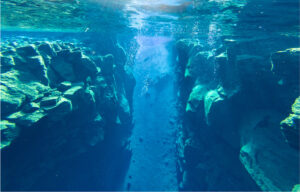
The phenomenon, known as “delamination,” describes the process where the top part of the Indian Plate causes the uplift of the Tibetan Plateau, while the bottom part sinks into the Earth’s mantle.1 This process has been a subject of scientific debate for years, particularly regarding how the Tibetan Plateau achieved its current elevation.
The discovery was presented at the American Geophysical Union conference in December. Simon Klemperer from Stanford University and his team made this finding by analyzing helium levels in the Tibetan springs. Their research indicated that the mantle is close enough to the Earth’s surface for rare helium-3 to escape through the springs in northern Tibet.
Geological Implications
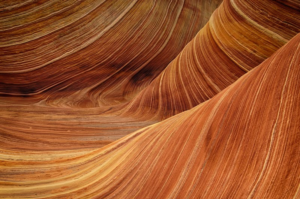
The study found that the India Plate is not breaking apart but rather peeling into two layers. This discovery suggests that in southern Tibet, the plate remains intact as indicated by higher levels of helium-4. This phenomenon could significantly impact our understanding of continental behavior and the geological processes that shape our planet.
Professor Douwe van Hinsbergen of Utrecht University, who was not involved in the study, commented on the groundbreaking nature of this finding. “We didn’t know continents could behave this way, and that is, for solid earth science, pretty fundamental,” he said.
Seismic Data Analysis

A comprehensive analysis of new seismic data collected from southern Tibet supports this discovery. Researchers combined this data with previous studies to depict the forces at work beneath the Himalayas. The India Plate, it turns out, is disintegrating as it grinds against the Eurasian Plate.2
The collision between the Indian and Eurasian plates began around 60 million years ago, driving the formation of the Himalayas and the Tibetan Plateau. The buoyant nature of the Indian Plate means it shouldn’t sink easily, yet it continues to grind under the Eurasian Plate, causing significant geological activity.
The Role of Delamination
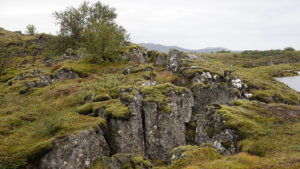
Studies suggest that rather than sinking smoothly, the India Plate is delaminating. Its dense base is peeling away and sinking into the mantle, while the lighter top continues its journey just beneath the surface. This delamination process was previously only theorized in computer models, making this study the first to observe it in a real tectonic plate.
Understanding the boundaries and behaviors of tectonic plates can inform methods of earthquake prediction. The new insights into the Indian Plate’s delamination could help predict seismic activity in the region more accurately.
Isotope Measurements and Seismic Data
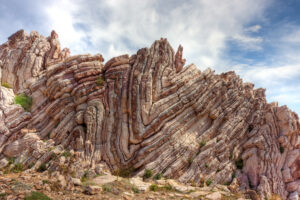
The Himalayan collision is a prime example of continental behavior, creating a geologic battleground with the Indian Plate’s thick middle section plowing into the Eurasian Plate like a battering ram. This collision has created complex geological features and significant seismic activity.3
Klemperer and his team used isotope measurements of helium from Tibetan springs and seismic data to map the subsurface structures. Their findings suggest a delaminating section of the India Plate with mantle rock flowing into the space created by the separation.
Future Research and Implications

Seismic data helped construct images of the underground structures, revealing two blobs hinting at a lower slab detaching from its top. Further analysis suggests a tear on the western edge of the delaminated slab, indicating complex tectonic activity.
The study’s findings could lead to further research on how continents collide and evolve. Understanding these processes can shed light on modern landscapes and the hazards posed by earthquakes in regions with ancient collision scars.
Conclusion
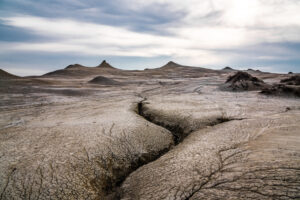
The discovery that the India Continental Plate is splitting into two horizontal layers is a significant advancement in geology. It provides new insights into the processes driving the formation of the Himalayas and Tibetan Plateau and offers potential improvements in earthquake prediction and understanding continental behavior. This research underscores the dynamic and ever-changing nature of our planet’s surface.
Sources
“India is beginning to split in two according to new study.” Unilad Tech. Rebekah Jordan. June 27, 2024.
“Indian Tectonic Plate Is Splitting in Two Beneath Tibet, Latest Analysis Finds.” Science Alert. Mike McRae. January 17, 2024.
“Tectonic plate under Tibet may be splitting in two.” Science. Maya Wei Haas